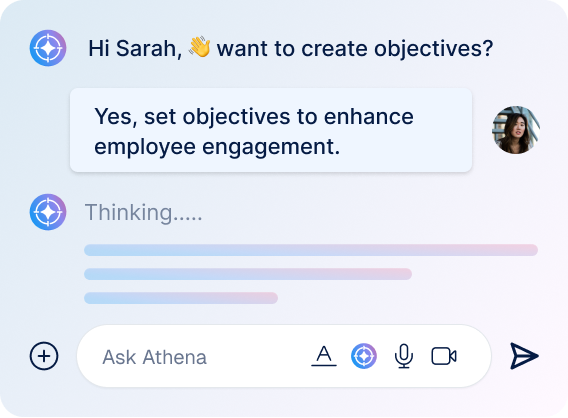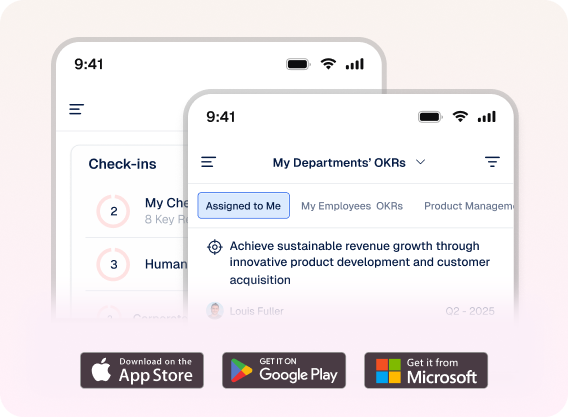Beginning your day with an overflowing to-do list can feel overwhelming. Although creating such a list can help you plan and gain perspective, it’s often challenging to decide which tasks to shelf for later and which ones to prioritize.
Research on this topic highlights, that most people gravitate towards urgent tasks instead of important ones, even when the latter has greater rewards.
The Eisenhower Matrix offers a practical solution to this problem. Named after Dwight David Eisenhower, an American army general and 34th US President, this approach makes it easier to focus on time-sensitive and important tasks.
So, what exactly is the Eisenhower Matrix and how does it work? Let’s discuss this principle in-depth as we explore how this powerful tool can make you more productive and highly effective
What is the Eisenhower Matrix?
The Eisenhower matrix is a task management approach that helps you understand the value of particular tasks and identify those you can eliminate from your to-do list.
This effective tool extends beyond a simple to-do list, making it easier to remove or delegate less urgent tasks while prioritizing time-sensitive and important ones. It assists in visualizing pending tasks as important or urgent.
However, it’s often challenging to distinguish unimportant and important tasks and non-urgent and urgent tasks.
Eisenhower explained how he faced two types of problems, the important ones and the urgent ones. The important tasks were not urgent and the urgent ones were never important.
The key is not to prioritize what’s on your schedule, but to schedule your priorities.
How can you tell the difference?
Important tasks are those that have an impact on life values and long-term goals. Since they are valuable, addressing them requires intentional effort and planning.
Urgent tasks are those that need immediate attention and may have strict deadlines. Failing to attend to such tasks can lead to inevitable consequences.
Although unavoidable, paying too much attention to them may cause you to neglect vital tasks with more valuable results. It can also lead to burnout and increase your stress levels.
The Eisenhower priority matrix integrates important and urgent tasks and groups them into four quadrants.

Quadrant 1: Urgent and Important
Urgent and important tasks require swift attention and often have consequences if you miss deadlines or fail to take action. They can be tasks you keep procrastinating until the deadline approaches or tasks you receive from an external source.
Whichever the case, you need a crisis mode response to handle the situation.
Examples:
- A last-minute deadline getting assigned to you
- Taking on a project on behalf of a sick colleague
- Addressing an emerging customer conflict that may accelerate to social media
There’s no escaping Quadrant 1 tasks but the issue arises when you focus too much time and effort on them and ignore important long-term goals.
Quadrant 2: Not Urgent and Important
Tasks that are important but not urgent are crucial for achieving your long-term goals. Since they have no looming deadline, putting them off to focus on more urgent tasks can be tempting. However, these tasks have a more significant effect on your long-term goals and effectiveness.
Examples:
- Developing a new skill, remaining updated with research in your industry, or participating in educational events
- Nurturing personal relationships and professional networking
- Crafting a long-term strategy for your team or business
- Re-evaluating and updating professional and personal goals
Quadrant 2 tasks have no definite deadline but require thoughtful planning as they open up growth opportunities.
Try Profit.co today and see how to streamline your to-do list
Quadrant 3: Urgent and Not Important
Tasks in this quadrant don’t contribute to your long-term goals. They may not need your expertise so you can delegate or outsource them. Although urgent, these tasks are often unimportant to you since they rely on other people’s expectations of you.
Examples:
- Unplanned meetings in between essential tasks
- Filling in analytical or customer data in sheets
- Looking for new trends on social media
- Responding to client emails and feedback
Spending too much time on this quadrant can affect your schedule, so it’s best to delegate the tasks.
Quadrant 4: Less Urgent and Unimportant
This quadrant consists of time-wasting and unnecessary tasks that add no value to your personal or professional growth. These tasks don’t belong on your to-do list as they take up your time without tangible results.
Examples:
- Unproductive distractions from friends or co-workers
- Thoughtless social media scrolling
- Online shopping and excessive browsing
This doesn’t mean cutting out all fun activities, but rather finding a healthy balance between relaxing and being productive

Benefits of Using the Eisenhower Matrix
One outstanding benefit of using the Eisenhower Decision Matrix is how simple it is to adopt and execute. It enhances your time management skills by helping you set clear and precise priorities.
Other profound benefits of using the Eisenhower method include:
- Enhanced ability to make split-second decisions
- Ability to differentiate urgent tasks and those that can wait
- Increased self-awareness, which increases productivity
- Setting realistic deadlines based on your priorities
- Simple yet elaborate way to visualize and organize competing tasks
- Ability to see how your work impacts overall objectives and strategies
How to Use the Eisenhower Matrix
The Eisenhower box aims to help you prioritize tasks on your to-do list by order of importance and urgency. The first step is drawing a large square with four sections. Label the top two rows as important and the bottom two as non-important. The right side of the square is for not urgent tasks while the left is for urgent tasks.
This means:
- Sector 1: Urgent and important / Perform
- Sector 2: Important but not urgent / Plan for it
- Sector 3: Urgent but not important / Assign
- Sector 4: Not Urgent, not important / Omit
With your Eisenhower grid ready, it’s time to fill in the details. Following the steps below will make the process simpler.
Outline All Your Tasks
Identifying and understanding all tasks assigned to you or related to your position is crucial. Listing these tasks helps you determine how they affect the overall goals and workflow.
Differentiate Important and Urgent Tasks
These are activities with tight deadlines and the highest priority. They are vital because they affect all other activities. Go through your list and find out which tasks require unavoidable and immediate attention.
Identify Important but Not Urgent Tasks
These tasks are second in priority and you can postpone them. They enhance your workflow and require an elaborate plan. Planning helps you recognize obstacles and risks while assessing the best time to complete them.
Recognize Urgent but Not Important Tasks
These tasks are not your priority and will not enhance your productivity, so you can assign them to other people. Assigning these activities allows you to focus on more important tasks.
Remove Non-important and Non-urgent Tasks
Non-important tasks don’t matter and they negatively affect your productivity. These tasks are time-consuming and prevent you from focusing on relevant activities.
Taking the Eisenhower Matrix Further
The Eisenhower square method can be a robust tool for task and time management. In addition to enhancing communication and collaboration, this strategic framework streamlines daily activities.
What’s more, you can integrate this matrix with productivity tracking software. Such an all-rounded platform enables you to monitor team or individual activities and optimize time management.
Set aside time periodically to re-evaluate the matrix and add or remove items. Keep the tasks in each quadrant between five and eight so you can focus on completing tasks instead of planning.
Conclusion
The Eisenhower Matrix is a highly effective productivity strategy that empowers you to focus on your long-term goals. It reduces stress while enhancing productivity and the ability to navigate life’s complexities.
Adopting this matrix helps you cultivate a well-balanced strategy to handle obligations. Prioritize and take back control over your responsibilities and experience exceptional productivity and efficiency.
Want to improve your time management skills? Try Profit.co today.
Related Articles
-
How Strategic Portfolio Management Closes the $2T Strategy-Execution Gap
Karthick Nethaji Kaleeswaran Director of Products | Strategy Consultant TL;DR Most companies lose strategic value because they can't see alignment,... Read more
-
How to Break Silos and Synchronize Portfolios Across Business Units
TL;DR Silos across teams creep in quietly when business units use different tools, metrics, and reward systems. Over time, this... Read more
-
What Project Portfolio Management Leaders Should Do Today to Prepare for 2030
TL;DR Project Portfolio Management (PPM) is being reshaped by AI, automation, ESG mandates, and rapid skills shifts. By 2030, portfolios... Read more
-
Overcoming Behavioral Barriers to Project Portfolio Management Success
Even with the best Project Portfolio Management software, a solid governance structure, and executive support, Project Portfolio Management initiatives can... Read more




